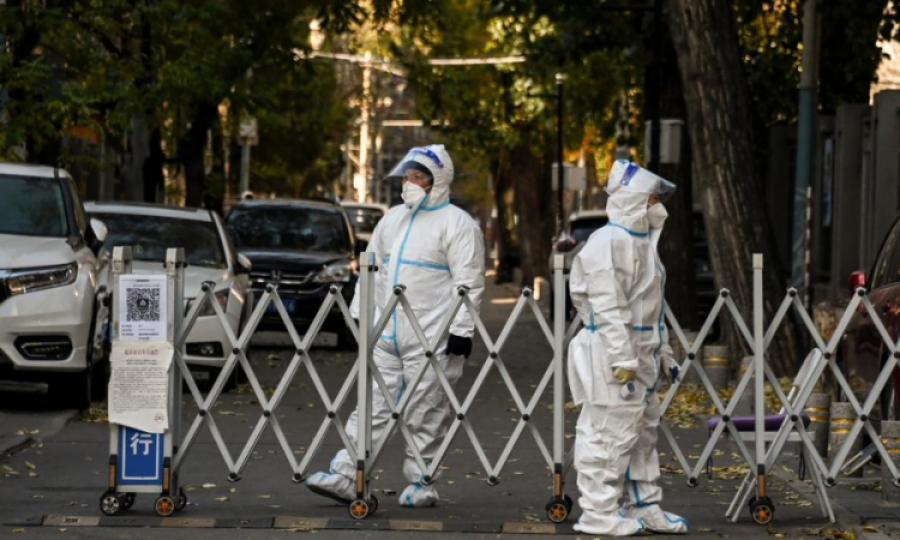The 'New Normal' of life after Covid: JAMA

USA: The Omicron variant of the Coronavirus has proved that COVID-19 is here to stay. In 2021, President Biden issued the “National Strategy for the COVID-19 Response and Pandemic Preparedness”
This strategy needs to be updated with new policies as the country moves from crisis to control. New goals and strategies shall be identified for the “new normal” of life with COVID-19 for the general public.
In order to recognize the new national strategy, humility is imperative. It is currently unknown whether Covid 19 shall eventually evolve into a seasonal infection; or whether antiviral drug interventions can prevent or cure long COVID;
Furthermore, it is important to understand that the virus will evolve and mutate, therefore, a prediction of the future trends of the disease spread, intensity, and the need to make knowledgeable decisions instead of guess work, shall help curb a repetition of history.
It is imperative for public health, economic, and social functioning that US leaders establish and communicate specific goals for COVID-19 management, benchmarks for the imposition or relaxation of public health restrictions, investments and reforms needed to prepare for future SARS-CoV-2 variants and other novel viruses, and clear strategies to accomplish all of this.
Rebuilding Public Health
To cope with pandemic, and eventually, endemic SARS-CoV-2 and to respond to future public health threats requires deploying real-time information systems, a public health implementation workforce, flexible health systems, trust in government and public health institutions, and belief in the value of collective action for public good.
Firstly, the country needs a detailed elaborate, digital data module for public health.
Second, the US needs a permanent public health implementation workforce that has the flexibility and surge capacity to manage persistent problems while simultaneously responding to emergencies. Data collection, analysis, and technical support are necessary, but it takes people to respond to crises.
Third, because respiratory infections ebb and flow, institutionalizing telemedicine waivers, licensure to practice and enable billing across state lines, and other measures that allow the flow of medical services to severely affected regions should be a priority.
Conclusion
Post previous infectious disease threats, the US temporarily managed and forgot and hence, failed to make permanent changes to the reforms. This trend must change with the COVID-19 pandemic. There is a necessity to learn from previous mistakes. Without a strategic plan for the “new normal” with endemic COVID-19, more people in the US will unnecessarily experience morbidity and mortality, health inequities will widen, and trillions will be lost from the US economy.
Trending
Popular
Dow University’s new rabies vaccine is just a phone call away
-
IRD role lauded in advancing ...
02:53 PM, 12 Mar, 2024 -
Over one billion people worldwide ...
09:48 AM, 5 Mar, 2024 -
'Artificial tongue' introduced to ...
03:38 PM, 4 Mar, 2024 -
Health Alert: Dried fruits found to ...
11:47 AM, 2 Mar, 2024




